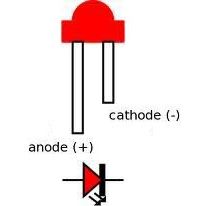

Electrons flow from the anode and toward the cathode. Electrochemical cells contain two sets of electrodes: an anode and a cathode. Oxidation and reduction potentials are critical considerations in analyzing electrochemical cells. Thus, a reference electrode is assumed to have zero potential (0 V) in relation to itself. These reference electrodes allow us to calculate the emf of half-reactions in relation to a benchmark value. Reduction and oxidation potentials are measured relative to a reference electrode, such as the standard hydrogen electrode (SHE) or the saturated calomel electrode (SCE). Similarly, the standard reduction potential tells us how likely it is for a species to be reduced, or gain electrons, under standard conditions. The standard oxidation potential tells us how likely a species is to be oxidized, or lose electrons, under standard conditions (1M concentrations, 1 atm pressure, 298K). (For more information on these topics, be sure to refer to our guide on oxidation and reduction reactions.) The mnemonic “OIL RIG,” Oxidation Is Loss and Reduction Is Gain, may be helpful in remembering this distinction. Oxidation refers to the loss of electrons from an atom, whereas reduction refers to the gain of electrons by an atom. Recall that reduction and oxidation reactions are types of reactions in which atoms exchange electrons. Part 2: Cell potentials a) Oxidation and reduction potentials


 0 kommentar(er)
0 kommentar(er)
